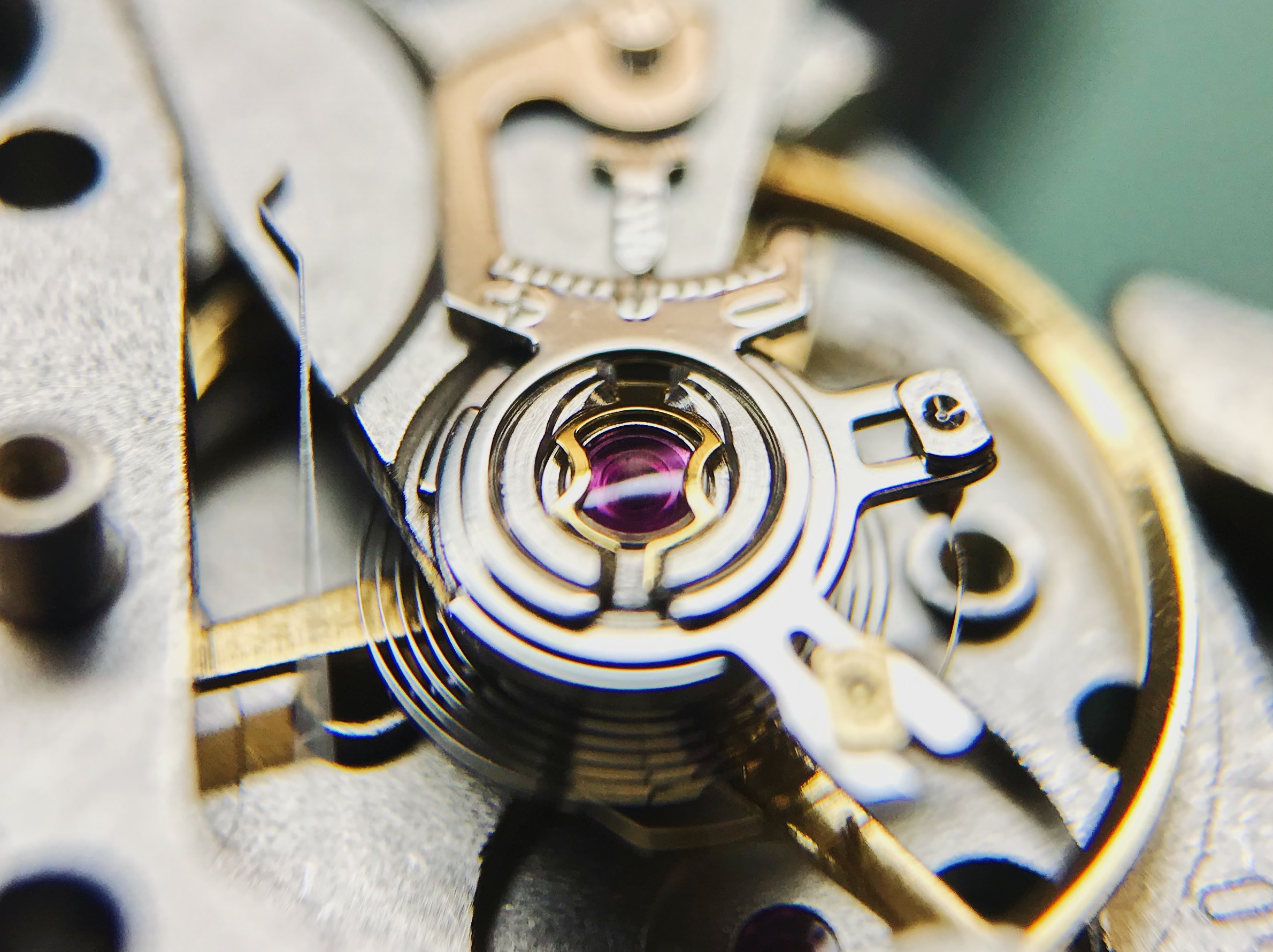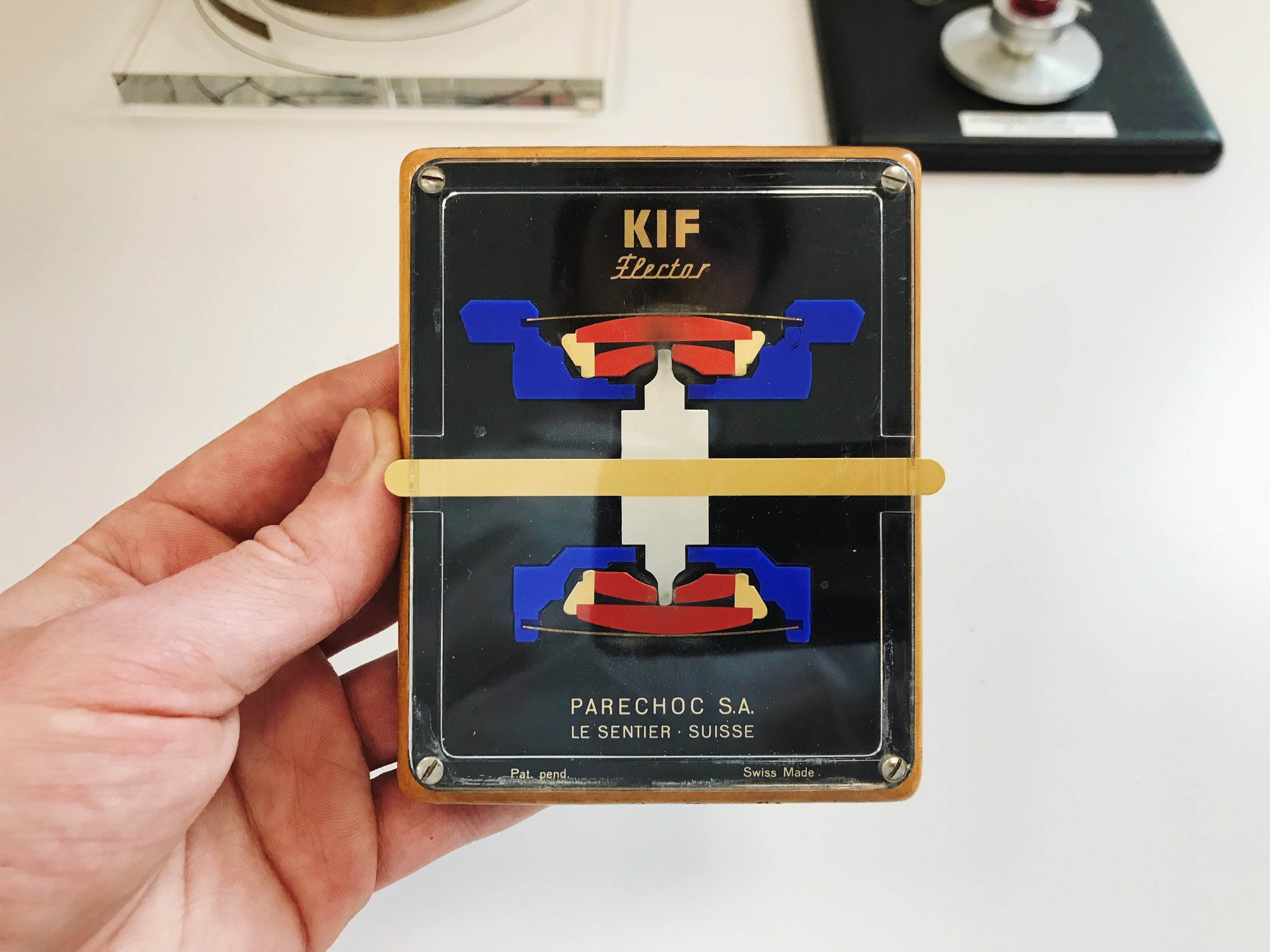Shock Protection: Kif vs. Incabloc

Shock protection systems dramatically improve the reliability of modern watches, but they don't necessarily work the way you might expect.
Kif and Incabloc are the two dominant shock systems, with Incabloc taking the lion's share of the market. Some brands use their own proprietary systems, like Rolex with its Paraflex and Breguet with its Pare-Chute designs, but these two are the most likely to be encountered by a watchmaker in the field.
The major difference between the two systems is visible from the side. Both have a cap stone above the hole jewel in the shock setting, but the Incabloc setting is significantly taller.
Most of the height difference is due to the different design of the bottom end of the shock setting. Incabloc (right) almost entirely covers the jewel—reportedly for improved protection—while Kif leaves the backside of the jewel much more visible. This tremendously simplifies lubrication with an automatic oiler, since you can see the oil circle as it grows, rather than firing blind. That said, an experienced watchmaker knows exactly how much oil is released from an automatic oiler at each pull, so it doesn't change much in practice.
Incabloc is easily identified by its "lyre" shaped shock spring, which hinges on the back and clips in on the opposite side.
Kif uses a distinctly different spring, though the hinge system is similar. Kif differs in the way that the hinge attaches, which makes it possible to uninstall and reinstall without moving the shock setting up or down with a jeweling tool.
Older Kif settings used a clover-shaped spring which rotates into place, rather than clipping in, as on the modern designs.
Regardless of the spring, the important part of the shock system, the block, is essentially identical. This, not the spring, is what protects the balance staff.
Luckily, we have a handy model to illustrate the concept. The broad shoulders of the balance staff (silver) absorb axial shocks by hitting the bottoms of the block (blue), and the wide portion of the staff below the cone absorbs radial impacts by hitting the sides of the hole in the block. As the staff moves around during a shock, the shock setting floats in the block. The spring's only job is to properly re-center the shock setting to the block after the impact ends.
As far as the supremacy of one system over the other, I haven't found any evidence that an advantage exists. Kif has some advantages in height and ease of oiling, but Incabloc also makes a shorter system with an open back that resembles the Kif design closely. The manufacturers' choices seem to be made due to corporate interests more than anything else. When it comes down to it, balance staffs are much more reliable than they used to be, and that's a great thing!
Watchmaking student at the Lititz Watch Technicum, formerly a radio and TV newswriter in Chicago.













